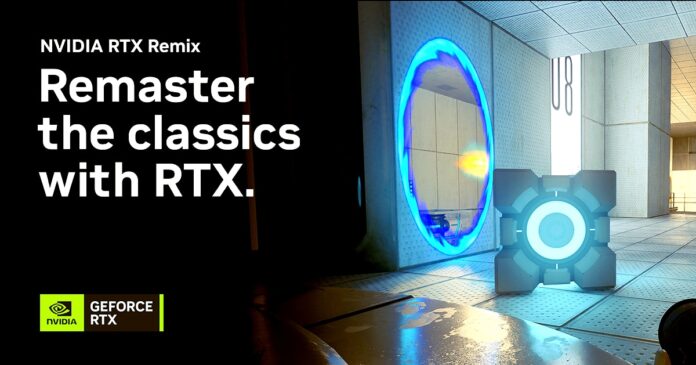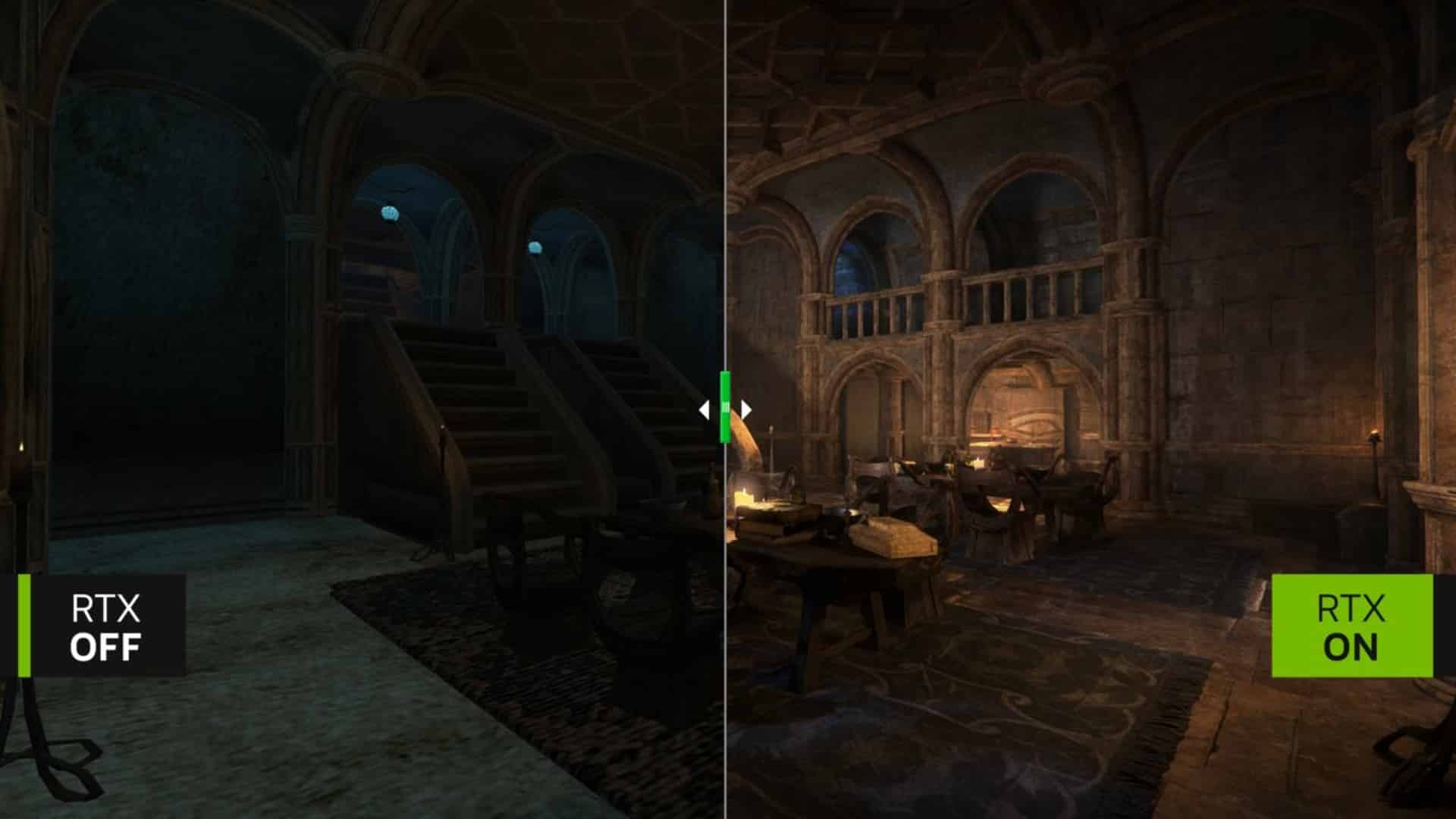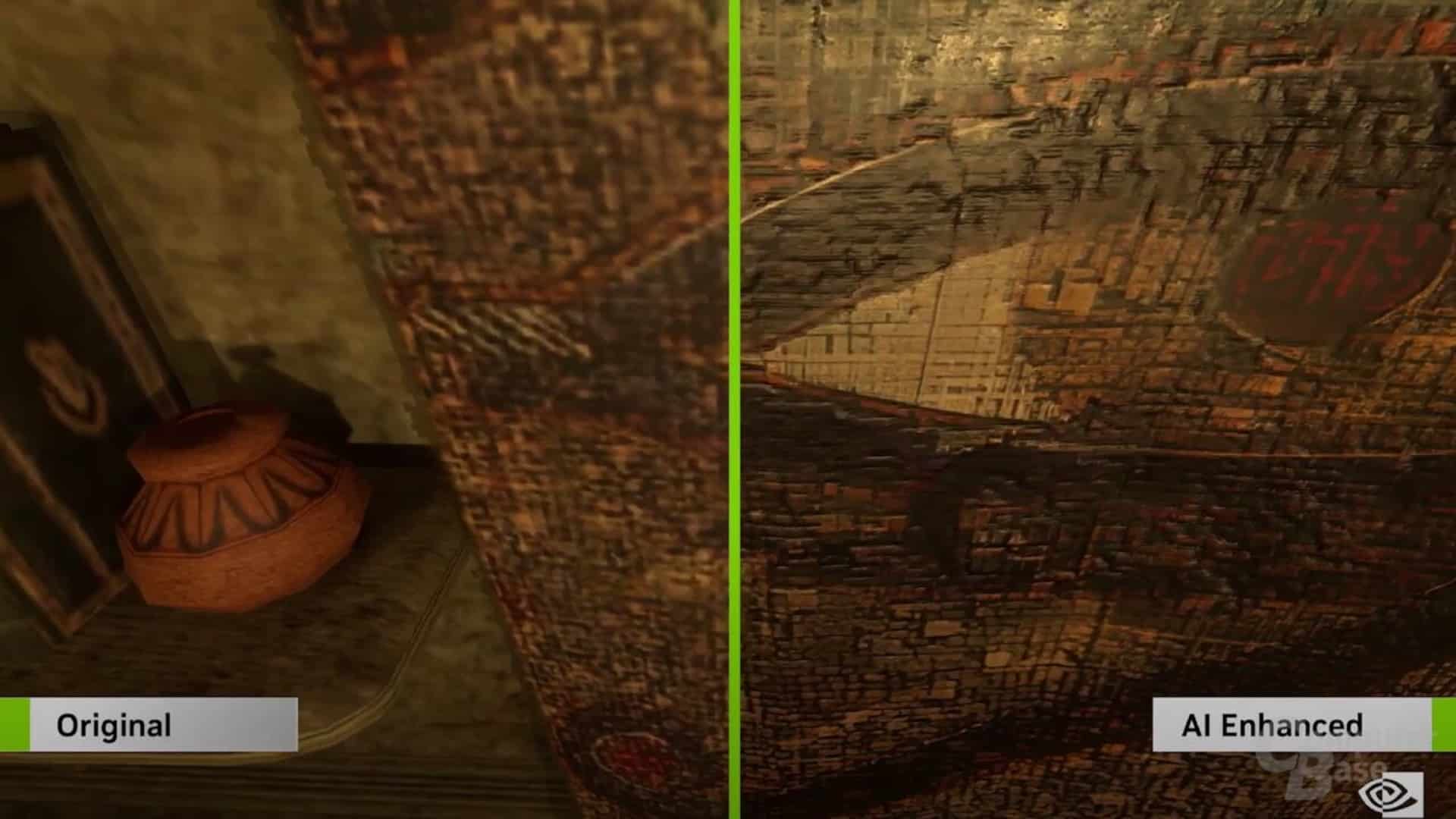RTX Remix makes it possible to give classic games a new shine. And with less effort than ever before.
In the past few weeks, Nvidia has presented its new graphics cards. But even during the presentation, a highlight emerged that actually has little to do with the RTX-40 series – RTX Remix. But what is the free tool all about and why does it have the potential to completely change, even revolutionise, the gaming landscape?
What is RTX Remix?
RTX Remix allows modders to create remasters of classic games much more easily than before. Instead of painstakingly reworking the individual assets and textures, reinstalling them in the right place and, if in doubt, even having to adapt the complicated programme code, the free tool intervenes and offers the possibility of improving image content by means of an AI algorithm virtually at the touch of a button.
In addition, ray tracing and the AI upscaler DLSS can be integrated to further polish the graphics and optimise performance. Speaking of performance and DLSS: RTX 4090 and co. are supposed to offer plenty of that, but there”s a catch!
The first highlight
RTX Remix simply plugs into a game, for example Portal or The Elder Scrolls III: Morrowind. Modders only have to press a hotkey and the displayed scene is recorded by the software. However, it is not like a video, it is a bit more complex – at least under the bonnet. This is because RTX Remix records information on geometry, cameras, textures and lighting at code level. This means that it sits in the so-called runtime environment between the processor, which issues the draw calls to the graphics card, and the GPU.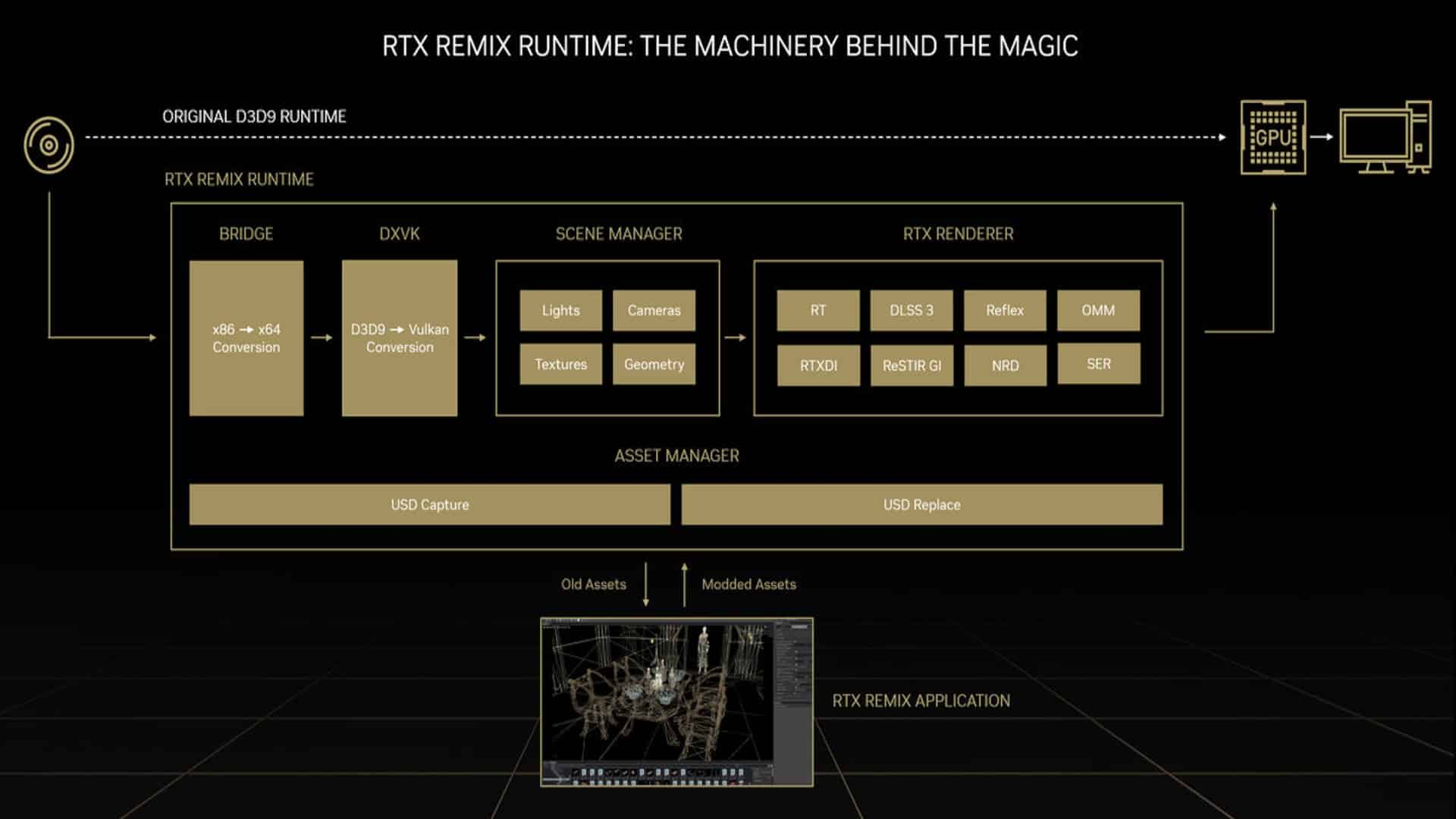
The commands intercepted in this way are translated into modern programme code in the RTX Remix Runtime Especially classic games from the early 2000s use 32-bit code (x86), which can only draw on three gigabytes of RAM. This is far too little for high-resolution textures. Not to mention ray tracing.
The 64-bit programme code (x64) is then converted from DirectX to Vulkan. Like DirectX, this is a programming interface that is used to connect game engines such as the famous Unreal Engine to the operating system. Unlike DirectX, however, Vulkan is open source, which simplifies the next steps. Because now the recorded scenes and assets can be exported into the also open USD format, which was developed incidentally by the animation studio Pixar.
The second highlight
USD stands for Universal Scene Description
and is the basis of Nvidia Omniverse. Omniverse, on the other hand, allows developers to collaborate all over the world and especially with different programmes. This means modders no longer have to learn a specific program like Blender, the Unreal Engine, Maya and so on for each game. Instead, they can always use their favourite 3D software. You can see how this can look in the following video:
However, this is only necessary when it really comes to the finest details, for example to incorporate completely new and particularly high-resolution textures. Otherwise, RTX Remix already offers the possibility to scale up existing textures by a factor of four using AI. In addition, materials such as the wood of a table can be changed with another AI (AI Physical Based Materials) and thus made more realistic. This also includes their interaction with light. On top of that, modders have the option to further enhance the result with ray tracing.
The modified scenes are then imported back into the RTX Remix Runtime via the USD format, where the corresponding, additional renderers for ray tracing, DLSS and so on perform their tasks before the circuit is closed and the package is passed on to the image output.
The step of exporting, importing and editing to and from the USD format does not take place in the running game or mod. It only happens during modding. As we understand the technology at the moment, there are basically two ways in which finished mods or remasters work:
- In the case of a pure mod the RTX Remix Runtime is run through as described above. It hooks into the running game and does its work using the modified assets.
- In the case of a remaster it is a completely reworked game that basically uses the RTX Remix Runtime including Vulkan and does not need to be compiled every time. However, we assume this is only available to developers and licensees for licensing reasons.
Restrictions of RTX Remix
RTX Remix is also subject to some restrictions. For example, it currently only supports games based on DirectX 8 and DirectX 9 that use a so-called Fixed Function Graphics Pipeline
. The latter has long since become obsolete. Modern games and graphics cards use freely programmable shaders. This gives developers far more flexibility than is the case with fixed sequences.
For RTX Remix, however, these fixed render pipelines seem easier to grasp. Whether this will change in the future cannot be answered so far. It is also unclear which games exactly meet the requirements. This is where the experts among you are asked: Fallout 3 is based on DirectX 9.0c, but does it also use a fixed function graphics pipeline? Feel free to drop us a line in the comments!
We have already asked Nvidia about this and are still waiting for an answer. As soon as we receive it, we will add to this article accordingly!
Definitely excluded at the moment, however, are 2D games, even if they use one of the two DirectX versions mentioned. Nvidia confirmed this in a briefing for journalists on request.
Is an RTX-40 graphics card required for gaming?
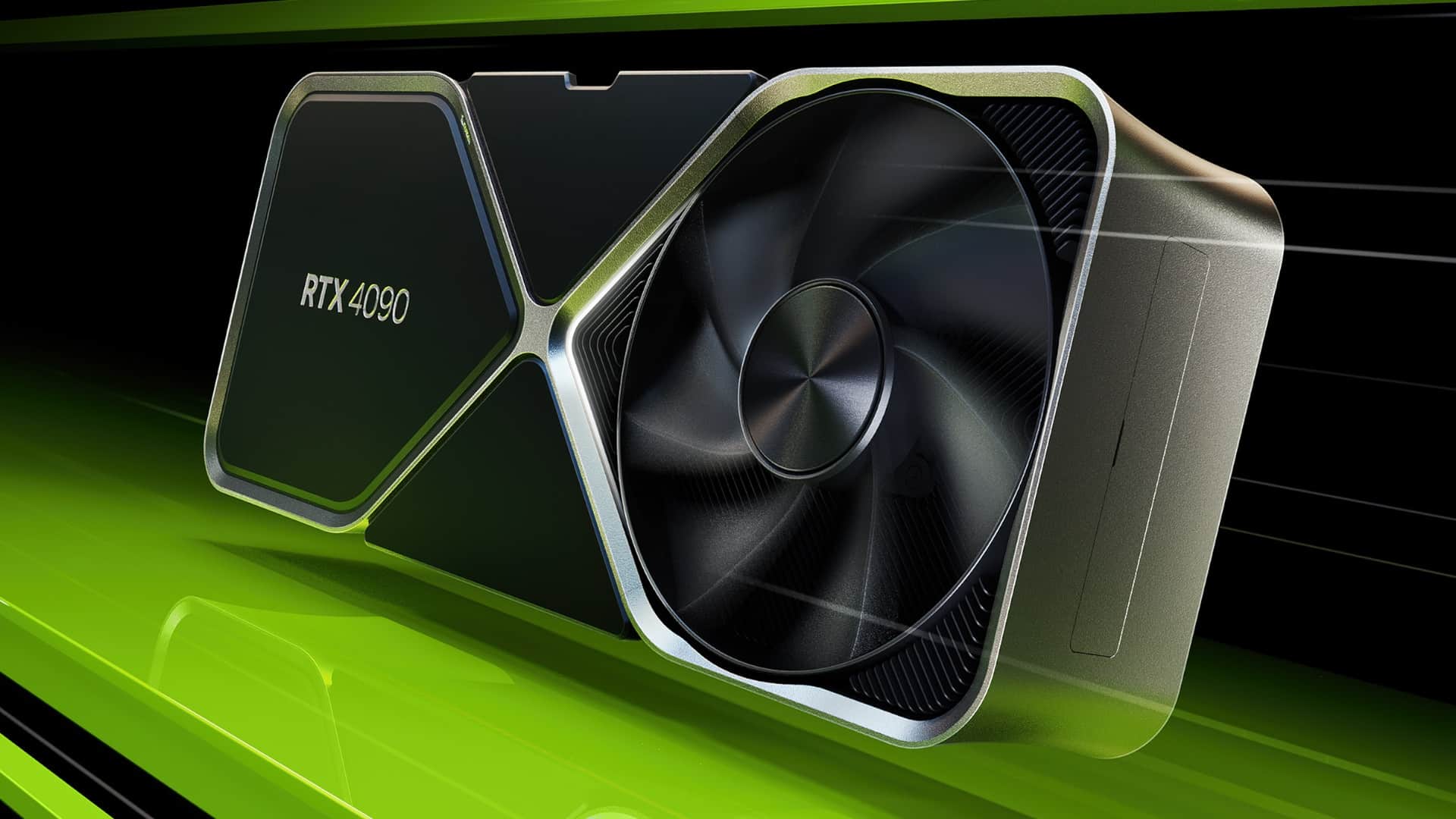
No. It doesn”t even have to be a graphics card from Nvidia. It only has to support ray tracing and the Vulkan API, they say. Only those who also want to benefit from DLSS 3.0 need one of the new models. However, it is unclear how this will work if only textures are exchanged with the help of RTX Remix, but ray tracing is not used. We have also asked about this and are waiting for an answer from Nvidia.
Only the RTX Remix Creator Tool for creating mods requires an RTX graphics card. The minimum requirement is eight gigabytes of graphics memory, regardless of whether it is an RTX 20, 30 or 40 series.
That”s why RTX Remix could revolutionise the gaming landscape
RTX Remix simplifies many steps for modders. If you like, you can use the AI algorithms included in the toolset to spruce up the graphics of your favourite classic. Basically, even creative amateurs can now realise themselves with it. And not in years of painstaking work, but practically at the push of a button.
If that”s not enough, RTX Remix, based on the Omniverse platform, offers experts from various 3D programmes the opportunity to work together. This is an advantage, especially for large projects that are not created by development studios with the necessary specialisations. Because more resources can simply be bundled. Since the implementation in games is made easier at the same time, more projects are possible due to the time saved.
What do you think of RTX Remix? Do you think we are entering a new era of modding? Feel free to let us know in the comments!

